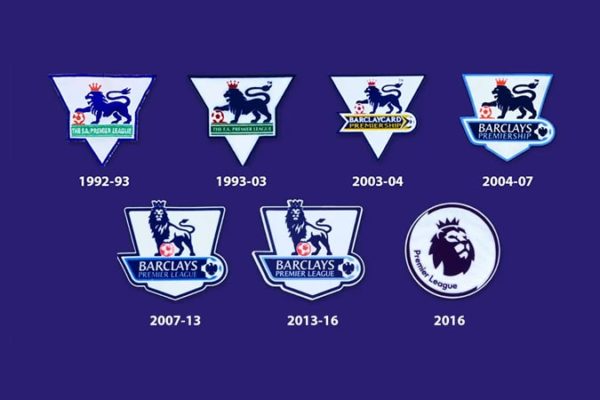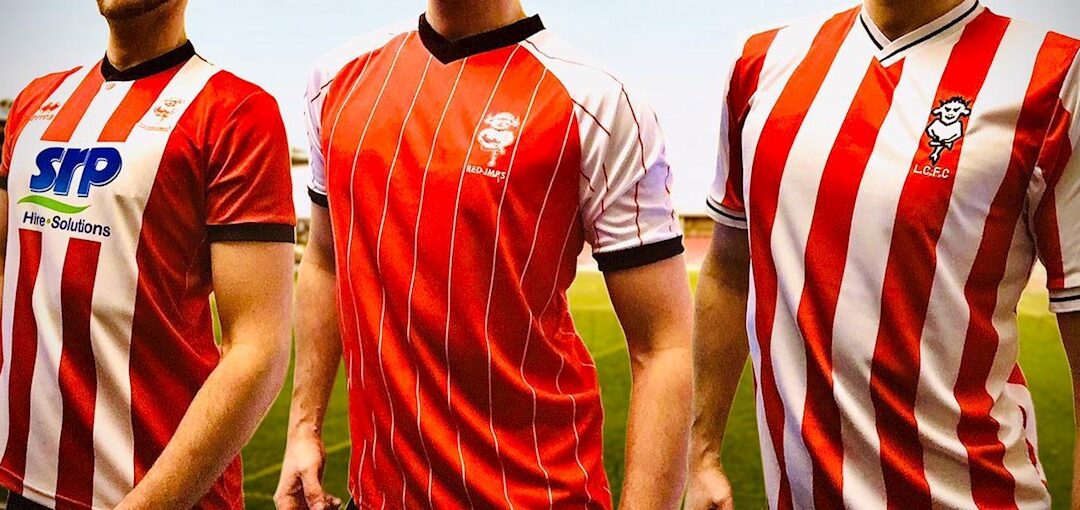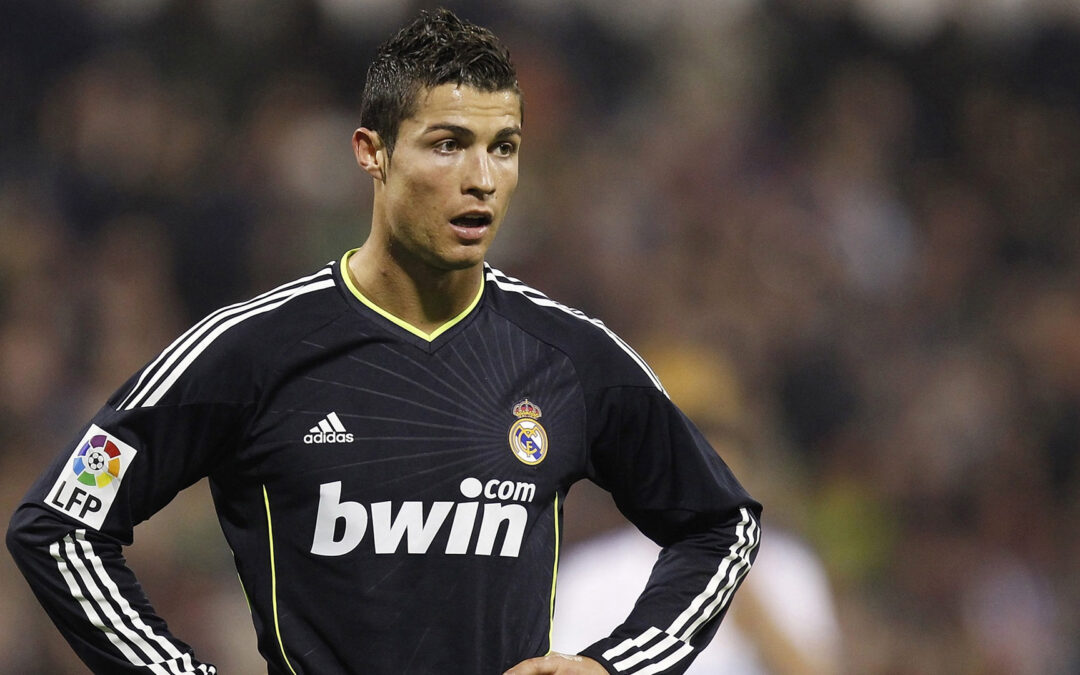Nowadays, the terraces are full of designer clothing and replica shirts. The pitch sees players wearing the highest-tech. But rewind 40 years, and football looked very different indeed…
Imagine it. Aston Villa and Nottingham Forest are European heavyweights. The Crazy Gang of Wimbledon are box office. Liverpool and Everton are battling for the First Division title. Marco van Basten, Michele Platini and Johan Cruyff are dazzling the world. Glenn Hoddle and Gary Lineker are actually on the pitch – and very good, too.
The 1980s are closer to 2000 than we are to the turn of the century now, which may well make some of you reading this feel quite old, but if you’re younger and weren’t around in that era, allow me to transport you there.
Shirts transitioned, in this decade, from cotton to polyester, completely changing the game, making them far easier to play the sport in. Meanwhile, a key change saw front-of-shirt sponsors come into the mainstream for the first time, after the BBC and ITV finally agreed to broadcast games that included them.
In addition, we started to see shirts designed with replica shirt sales in mind, and designs became more interesting and creative. This allowed some of the most iconic designs of all time to come out of the decade, such as the Netherlands 1988 classic, or the Hummel Denmark design that became a much-loved template both then and in the current decade.
Another small but interesting change to the look of the sport came as manufacturers started to make long and short-sleeved versions of the kits, for players to choose between.
How about on the players’ feet? It wasn’t until the decade previous that the first-ever non-black football boots had been created, so black was still the primary shade of choice, but this was a decade of real innovation in design.
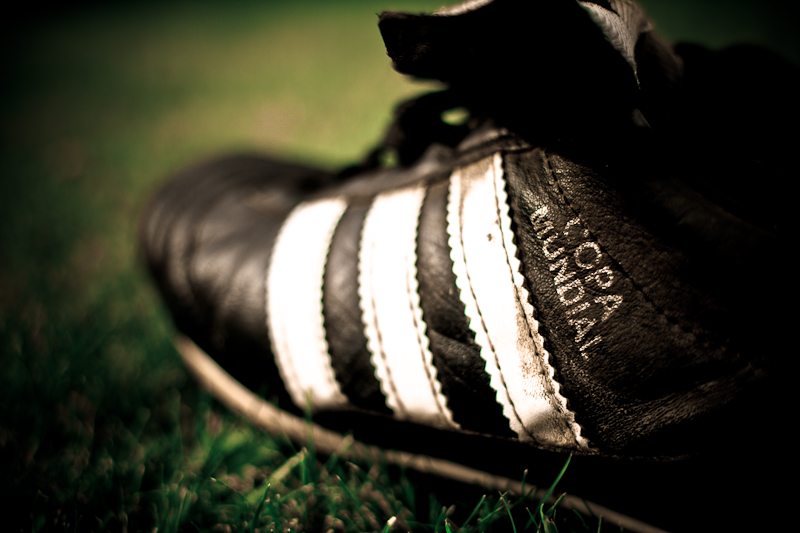
The Copa Mundial by Adidas, which is still seen all over the world to this day, became big after being first released in 1979 – with the 1982 World Cup bringing it to the masses. In addition, the Puma King, another that’s still going now, was having somewhat of a heyday despite already being over a decade old as a design. Nike also saw the birth of an icon also, with the Tiempo being brought out in 1984, although it didn’t really boom until the World Cup in the USA a decade later.
The players, however, are just a small part of the equation. The fans on the terraces, too, looked different to today – but not as different as you might think.
One difference was the prominence of the standing terrace, which started to disappear in the 90s due to the inquest into the Hillsborough disaster. As strange as this may seem to mention in this piece, it actually meant people had to think more carefully about their footwear, as they would have to be comfortable standing for a couple of hours. Another interesting thing they had to think about for part of the decade was worrying about alcohol being spilled on them, as drinking in view of the pitch wasn’t banned in English football grounds until 1985. Hooliganism was particularly rife at this time, meaning many people looking for trouble would also avoid club colours in a bid to escape the attention of the police.
With replica shirts nowhere near as popular as they are today, there were significantly fewer people wearing them in the stands – but those club colours being a rarity could in part also be put down to the emergence of ‘casuals’, who would adorn brands such as Tacchini, Lyle & Scott, Fila and Lacoste; they were similar to the casuals of the modern era.
The ‘blokecore’ movement of the 2020s may have brought Adidas trainers to a new group of people, but the late-70s and 80s casuals pretty much made trainers a fashion item away from playing sport for the first time.
Indeed, it was really the first time that people saw football matches as a chance to express themselves in their fashion, and the branded tops, jeans and trainers of the time wouldn’t look out of place in the stands of an EFL match this very season. Do you wear Ellesse? Burberry? Fred Perry? Kappa? So did they. They were the trailblazers!
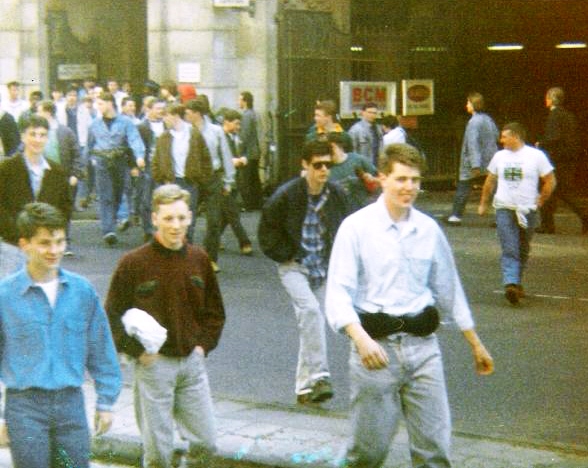
I spoke to one of them – Paul Bates, a Leeds United supporter. He told me: “We were all very proud of our outfits. I left my teenage years part way through the decade, and this was a time where the country was in a bad place. We’d listen to Joy Division and The Cure, we’d laugh at the kids that thought they were ‘punk’, and we’d show the world that we were the ‘cool’ ones, in our Lois jeans. I must admit: we weren’t really that cool. Football was largely my way, and I’m sure this was the case for many others, to get away from the fact that towns all around us were getting decimated, the fact that we had no money. We were part of something – both the fanbase of Leeds United as a whole and as part of our little group of blokes wearing Adidas trainers.”
However, it wasn’t all good. He added: “Unfortunately, some people that dressed like us turned towards hooliganism. As much as I hate to say it, we as a club were bad for it. And it was always such a shame when games turned to it. By the 80s, a group called the Service Crew were always well known for being dangerous, and that meant people often looked at us with disdain, because we looked like them.”
If you consider yourself as a ‘casual’ nowadays, you may well see yourself in Paul’s story.
Football in the 80s didn’t look that different after all.

